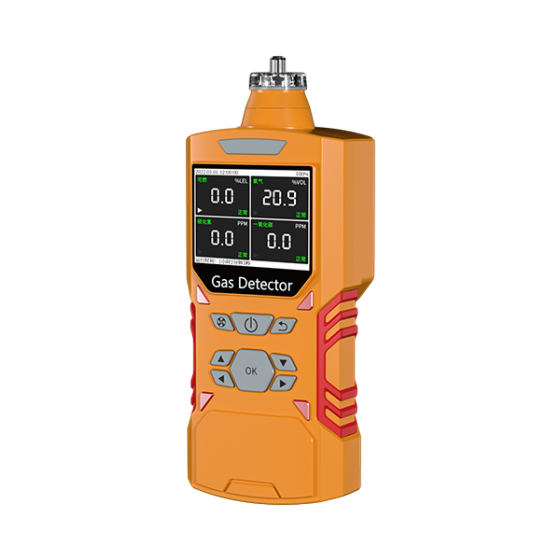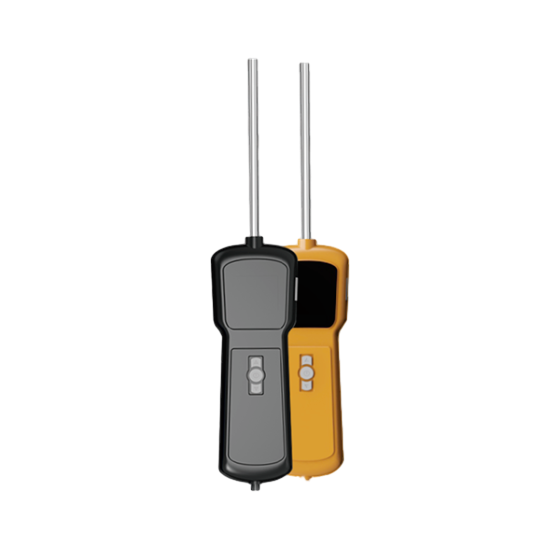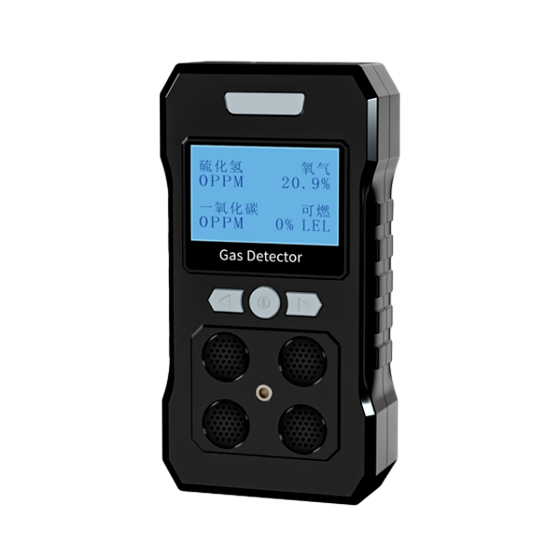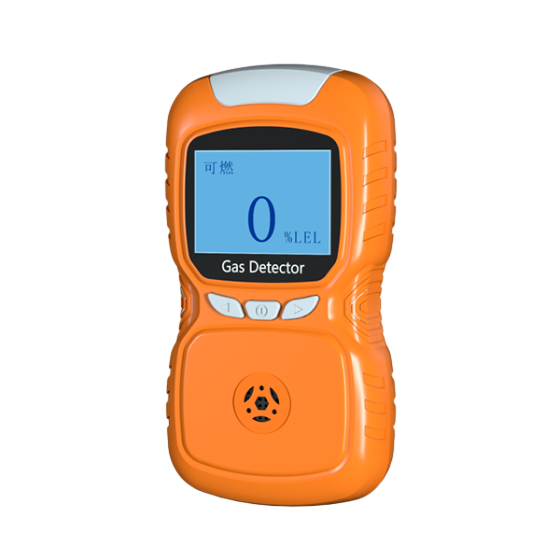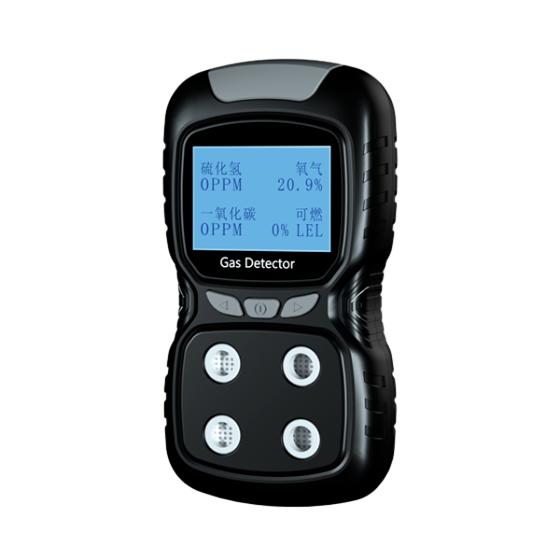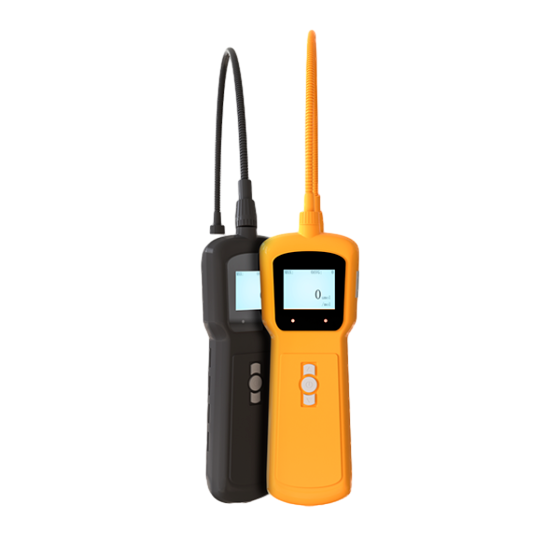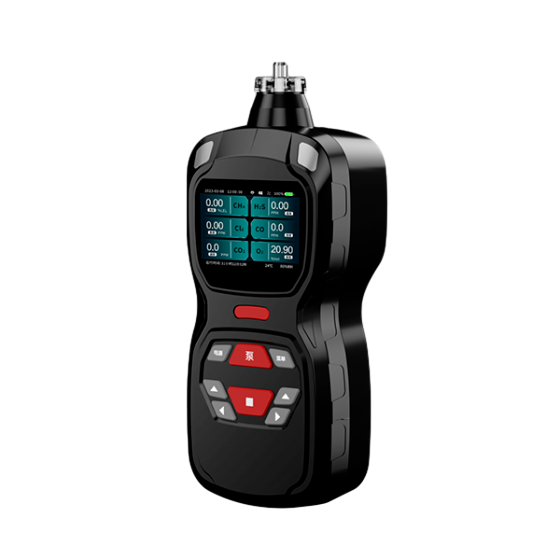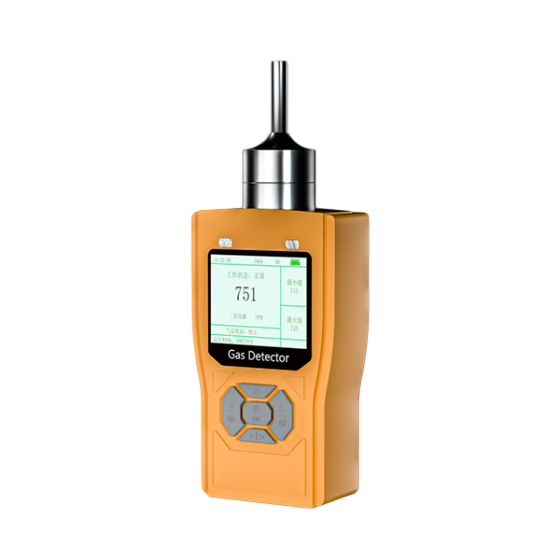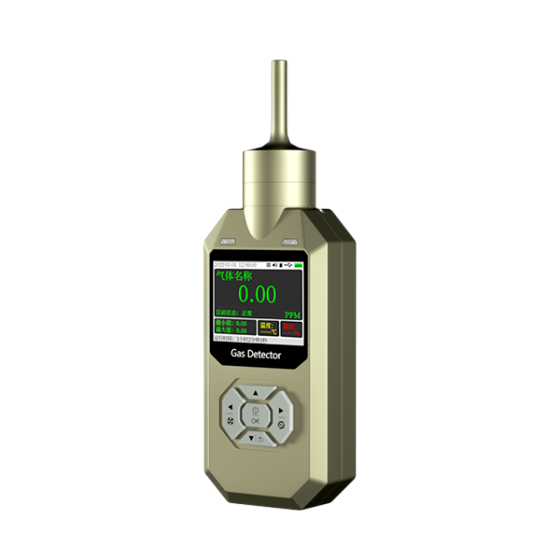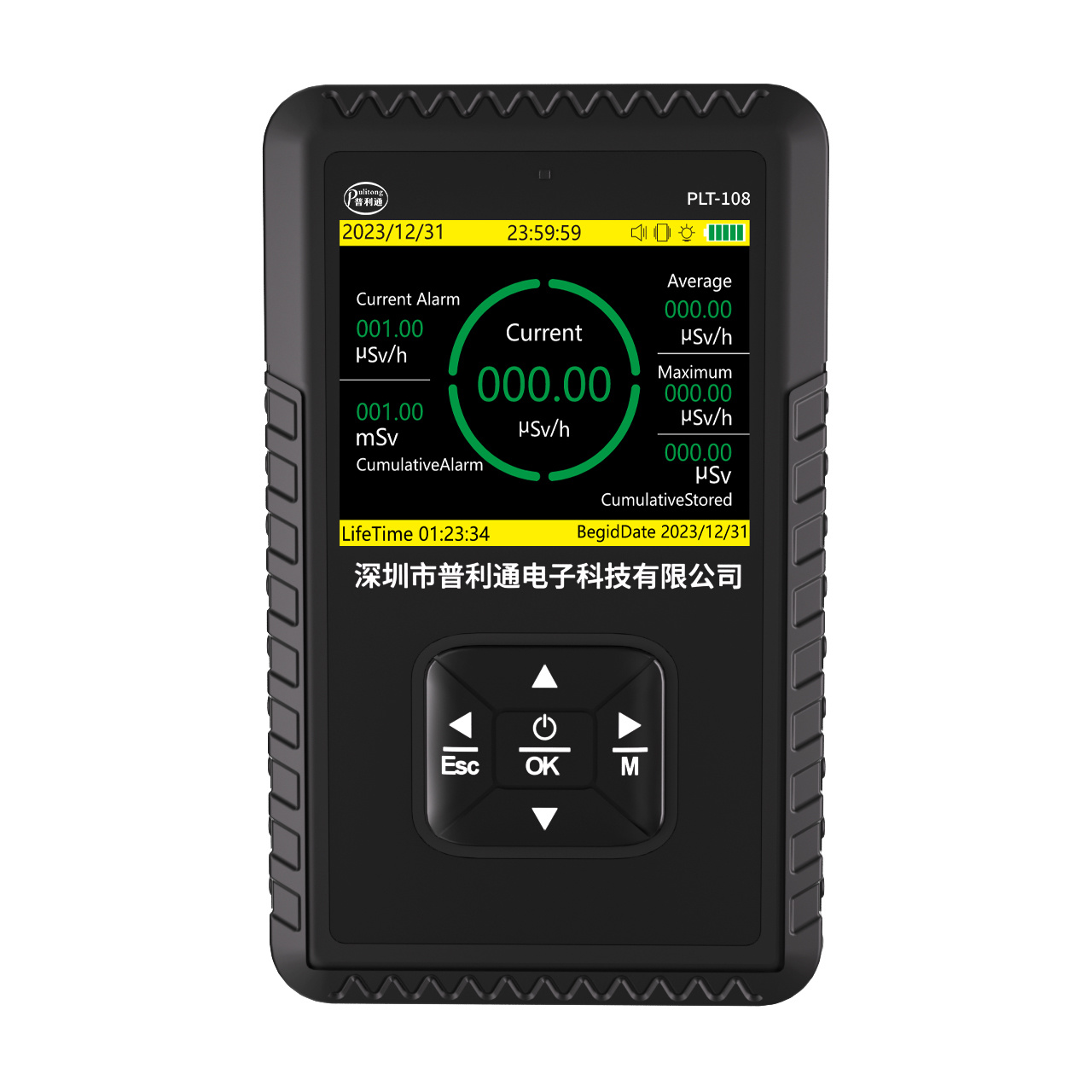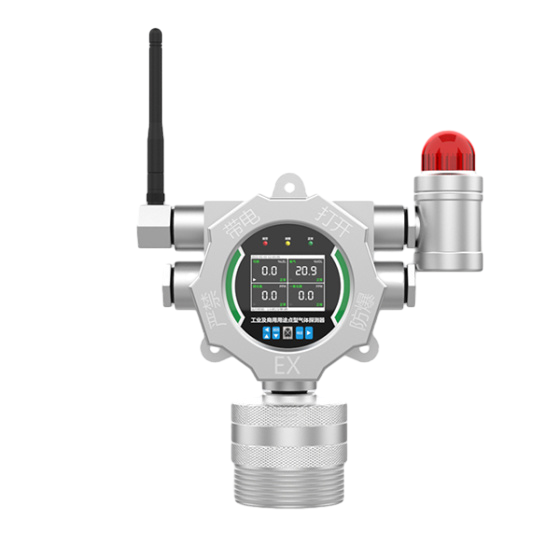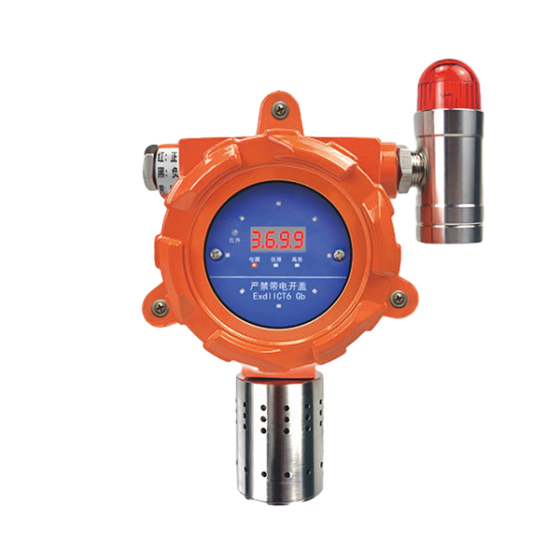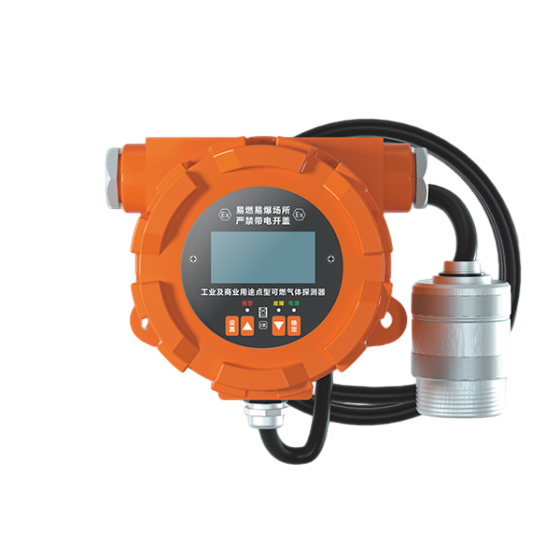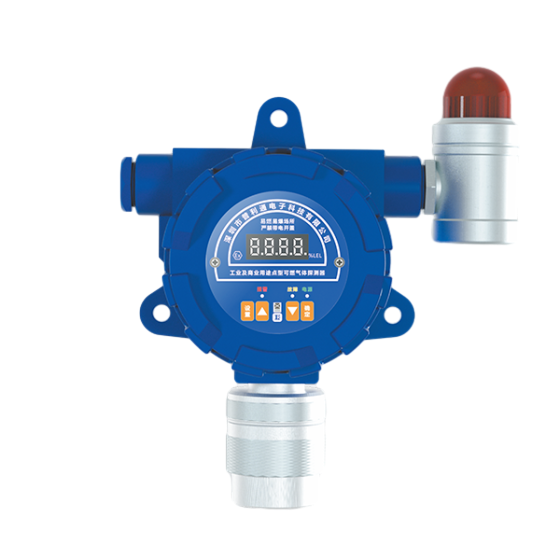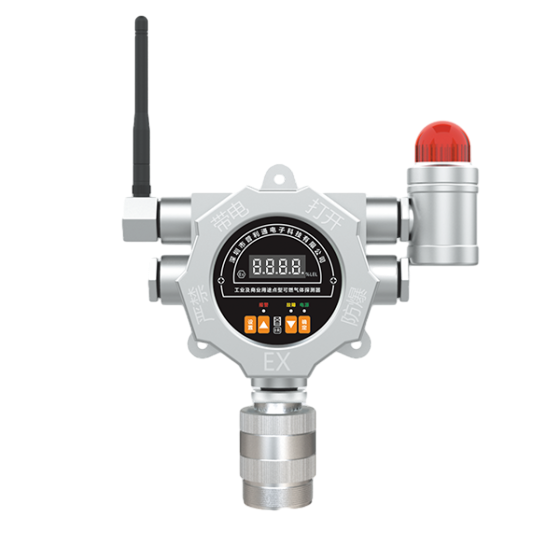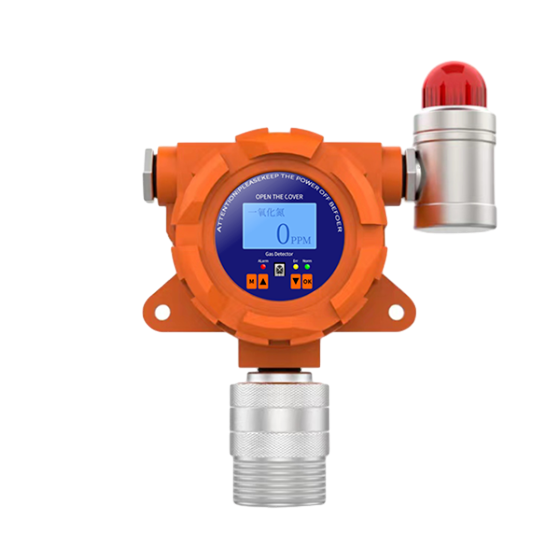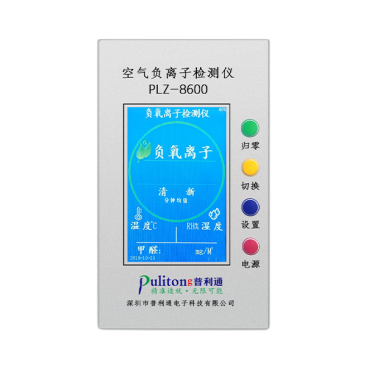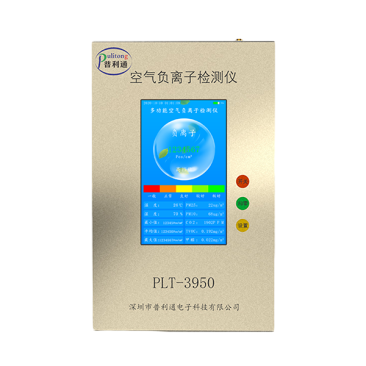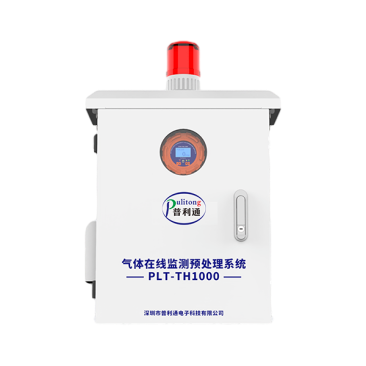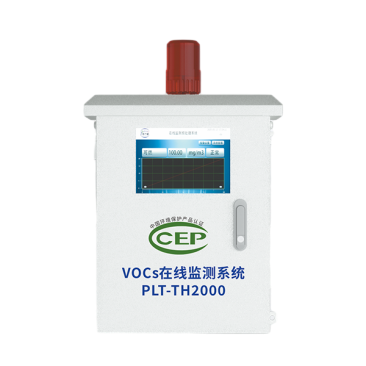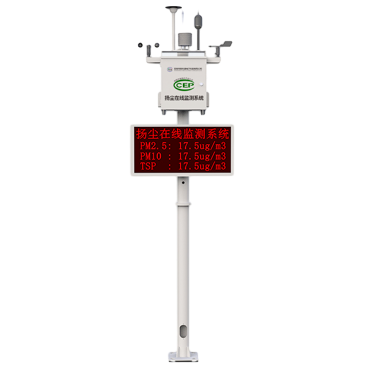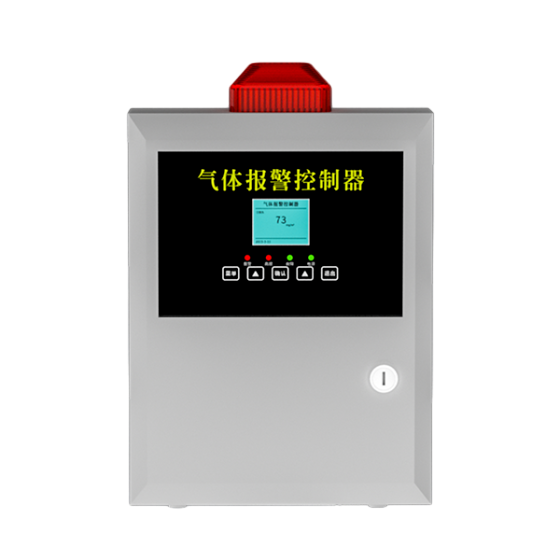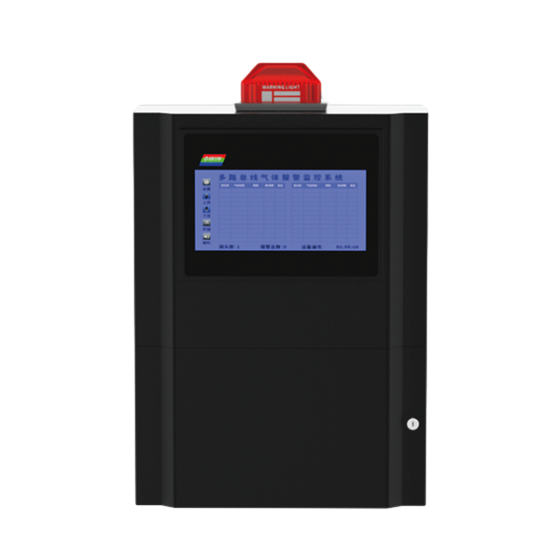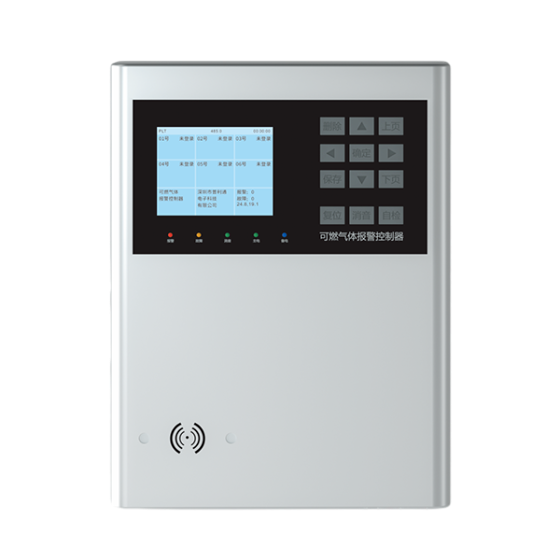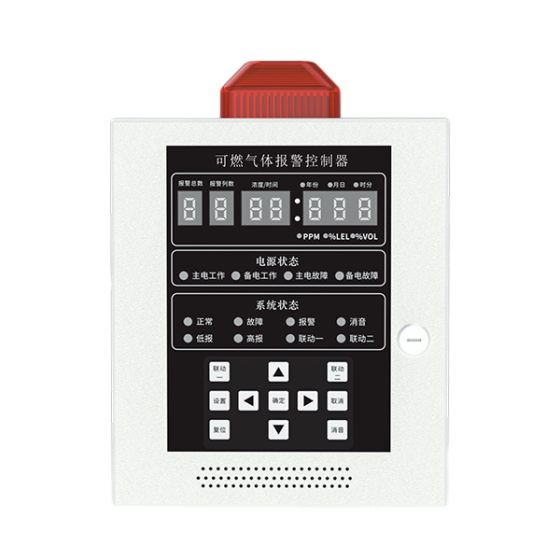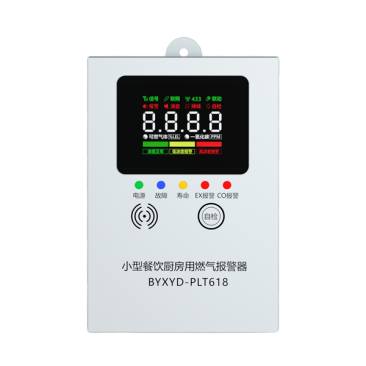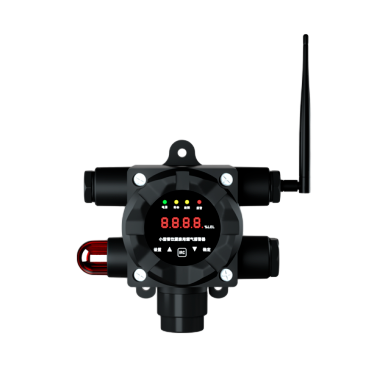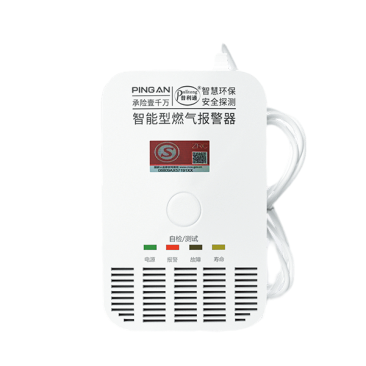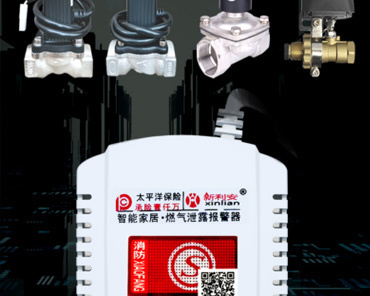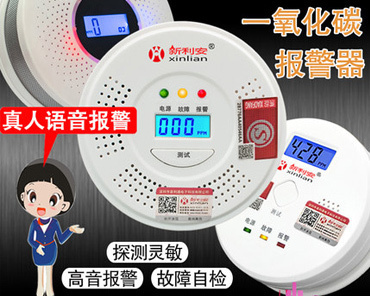Understanding the Importance of Negative Ion Detectors in Environmental Monitoring
2025-07-17
Negative ion detectors are specialized instruments designed to measure the concentration of negative ions in the air. Negative ions, which are atoms or molecules that have gained an electron, are believed to contribute to a healthier atmosphere. They are commonly found in natural environments, such as forests, waterfalls, and beaches, where they are produced by various natural processes. Understanding the levels of negative ions in an area can provide valuable insights into air quality and its effects on human health.
The operation of a negative ion detector typically involves capturing air samples and analyzing the ion concentration. These detectors utilize advanced sensors and technology to ensure accurate and reliable readings. Many devices are equipped with digital displays for easy reading and can log data for further analysis. Some models even include features such as alarms or notifications when ion levels exceed certain thresholds.
Negative ions are known for their potential health benefits, including improving mood, increasing energy levels, and reducing stress. They are also believed to help purify the air by neutralizing pollutants and allergens. Consequently, monitoring negative ion levels can be particularly beneficial in urban areas where air quality is often compromised by pollution from traffic and industrial activities.
In applications such as indoor air quality assessments, negative ion detectors can help identify areas that need improvement. For example, environments that lack sufficient negative ions may require interventions, such as air purifiers or increased ventilation, to enhance air quality. Moreover, researchers and environmentalists use these detectors to study the effects of various factors on ion concentration, contributing to a broader understanding of environmental health.
Overall, negative ion detectors are essential tools in the realm of environmental monitoring. By providing insights into the levels of negative ions in the atmosphere, these instruments enable individuals and organizations to make informed decisions about air quality management. Whether used in residential, commercial, or research settings, negative ion detectors play a pivotal role in fostering healthier environments and, by extension, promoting overall well-being. As awareness of environmental health continues to grow, the importance of such instruments in monitoring and improving air quality cannot be overstated.
The operation of a negative ion detector typically involves capturing air samples and analyzing the ion concentration. These detectors utilize advanced sensors and technology to ensure accurate and reliable readings. Many devices are equipped with digital displays for easy reading and can log data for further analysis. Some models even include features such as alarms or notifications when ion levels exceed certain thresholds.
Negative ions are known for their potential health benefits, including improving mood, increasing energy levels, and reducing stress. They are also believed to help purify the air by neutralizing pollutants and allergens. Consequently, monitoring negative ion levels can be particularly beneficial in urban areas where air quality is often compromised by pollution from traffic and industrial activities.
In applications such as indoor air quality assessments, negative ion detectors can help identify areas that need improvement. For example, environments that lack sufficient negative ions may require interventions, such as air purifiers or increased ventilation, to enhance air quality. Moreover, researchers and environmentalists use these detectors to study the effects of various factors on ion concentration, contributing to a broader understanding of environmental health.
Overall, negative ion detectors are essential tools in the realm of environmental monitoring. By providing insights into the levels of negative ions in the atmosphere, these instruments enable individuals and organizations to make informed decisions about air quality management. Whether used in residential, commercial, or research settings, negative ion detectors play a pivotal role in fostering healthier environments and, by extension, promoting overall well-being. As awareness of environmental health continues to grow, the importance of such instruments in monitoring and improving air quality cannot be overstated.
Related Info
Combustible gas alarm maintenance
2020-07-03
2021-01-14








